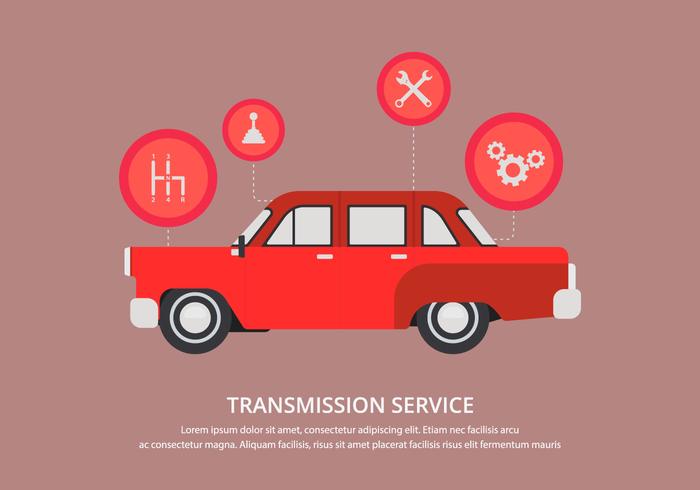Eager To Understand What The Dashboard Warning Lights In Your Vehicle Symbolize? Discover Their Definitions For The Well-Being And Security Of Your Vehicle
Eager To Understand What The Dashboard Warning Lights In Your Vehicle Symbolize? Discover Their Definitions For The Well-Being And Security Of Your Vehicle
Blog Article
Material Author-Faulkner Corbett
When you lag the wheel, those beautiful warning lights on your dashboard can be a bit puzzling. Do you understand what they're attempting to inform you regarding your auto's health and wellness? Understanding the value of these lights is crucial for your safety and security and the long life of your lorry. So, the following time one of those lights pops up, wouldn't you intend to analyze its message precisely and take the needed steps to address it?
Common Warning Lighting and Interpretations
Determine common caution lights in your cars and truck and recognize their meanings to make sure safe driving.
The most normal caution lights consist of the check engine light, which signifies problems with the engine or discharges system. If this light comes on, it's crucial to have your vehicle inspected without delay.
The oil stress advising light suggests reduced oil pressure, calling for immediate focus to stop engine damage.
A flashing battery light could recommend a damaged charging system, potentially leaving you stranded if not dealt with.
The tire stress monitoring system (TPMS) light notifies you to reduced tire stress, influencing lorry stability and fuel effectiveness. Disregarding this might result in unsafe driving problems.
The abdominal muscle light shows a trouble with the anti-lock stopping system, jeopardizing your ability to quit swiftly in emergency situations.
Last but not least, the coolant temperature level advising light warns of engine overheating, which can result in serious damages if not settled promptly.
Comprehending these usual caution lights will certainly assist you resolve problems quickly and maintain secure driving conditions.
Value of Prompt Attention
Recognizing the typical warning lights in your automobile is just the primary step; the significance of immediately addressing these warnings can't be stressed enough to ensure your safety when driving.
When a warning light brightens on your control panel, it's your car's way of connecting a prospective issue that needs interest. Neglecting these warnings can result in a lot more severe troubles later on, compromising your safety and security and possibly costing you extra in repairs.
https://www.seattletimes.com/business/auto-parts-shortages-push-repair-shops-to-get-creative-place-stress-on-customers/ to advising lights can stop breakdowns and crashes. As an example, a blinking check engine light might indicate a misfire that, if left neglected, could cause damage to the catalytic converter. Resolving this quickly can save you from an expensive repair.
In a similar way, a brake system cautioning light could signify low brake liquid or worn brake pads, critical components for your safety and security when driving.
Do It Yourself Troubleshooting Tips
If you observe a warning light on your control panel, there are a few do it yourself repairing suggestions you can try prior to looking for expert help.
The first step is to consult your car's manual to understand what the specific warning light suggests. Often the issue can be as easy as a loosened gas cap causing the check engine light. Tightening up Recommended Web-site may settle the issue.
Another typical concern is a low battery, which can set off various cautioning lights. Examining the battery links for deterioration and ensuring they're safe and secure might deal with the trouble.
If a warning light persists, you can attempt resetting it by disconnecting the vehicle's battery for a couple of mins and then reconnecting it. Additionally, examining your lorry's liquid degrees, such as oil, coolant, and brake liquid, can help troubleshoot warning lights associated with these systems.
Verdict
To conclude, comprehending your auto's warning lights is important for maintaining your vehicle running smoothly and securely. By immediately attending to these informs and recognizing what they indicate, you can prevent pricey repair work and prospective failures.
Bear in mind to consult your auto's handbook for certain details on each warning light and take action appropriately to make sure a hassle-free driving experience.
Keep educated, remain safe on the road!
